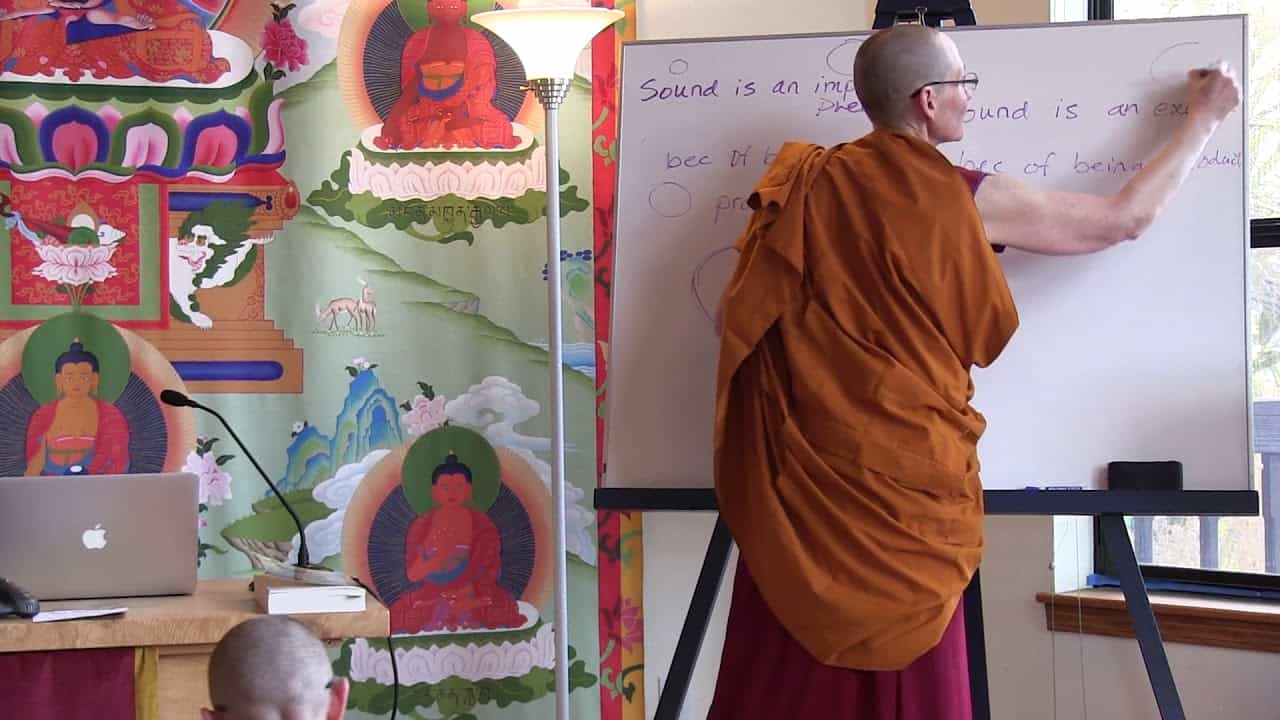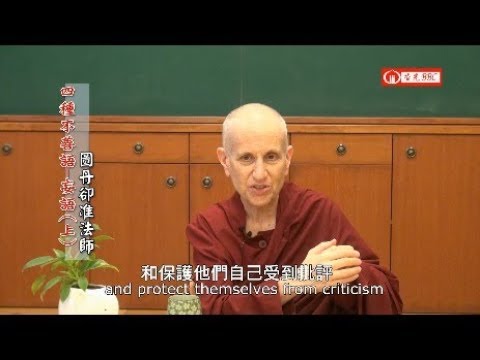Review of serenity
The text turns to training the mind on the stages of the path of advanced level practitioners. Part of a series of teachings on the Gomchen Lamrim by Gomchen Ngawang Drakpa. Visit Gomchen Lamrim Study Guide for a full list of contemplation points for the series.
- Beneficial motivations for developing serenity
- Explaining the meditative process
- The importance of the super knowledges
- Why we need to reduce our strongest afflictions first
- Four types of meditation objects
132 Gomchen Lamrim: Review of Serenity (download)
Contemplation points
- What are the benefits of developing concentration, both in and out of meditation? How is concentration different from one-pointedness? Which is required for cultivating meditative stability and why?
- How does abandoning sensual desires and cultivating contentment support the process of attaining meditative concentration? What can you begin to do in your own personal life, right now, to start the process of abandoning sensual desire and cultivating contentment?
- Why is it important to cultivate the Buddhist worldview before we do in-depth meditation on serenity.
- Spend time thinking about some of the benefits of developing serenity below. How might experiencing these benefits help you? How might they allow you to benefit others?
- Our virtuous activities are more focused and have a stronger effect on our mind.
- It is the foundation upon which we develop insight.
- It helps us attain the super-knowledges (supernormal powers, divine ear, understand others’ minds, recollect past lives, divine eye, destruction of the pollutants).
- What is the danger in having the super-knowleges if not properly grounded in the Buddhist worldview?
- Although the Buddha suggested different objects of meditation to different people according to their dispositions, there are distinct advantages to meditating on the image of the Buddha himself. Consider them. How might these advantages help you in your own life?
- Helps us create merit.
- Helps us learn about the qualities of the Buddha’s body, speech, and mind.
- We are more able to call the Buddha’s image to mind at the time of death, allowing us to take refuge and have a calm mind.
- Inspires the mind in refuge.
- Contributes to other practices we do.
Venerable Thubten Tarpa
Venerable Thubten Tarpa is an American practicing in the Tibetan tradition since 2000 when she took formal refuge. She has lived at Sravasti Abbey under the guidance of Venerable Thubten Chodron since May of 2005. She was the first person to ordain at Sravasti Abbey, taking her sramanerika and sikasamana ordinations with Venerable Chodron as her preceptor in 2006. See pictures of her ordination. Her other main teachers are H.H. Jigdal Dagchen Sakya and H.E. Dagmo Kusho. She has had the good fortune to receive teachings from some of Venerable Chodron's teachers as well. Before moving to Sravasti Abbey, Venerable Tarpa (then Jan Howell) worked as a Physical Therapist/Athletic Trainer for 30 years in colleges, hospital clinics, and private practice settings. In this career she had the opportunity to help patients and teach students and colleagues, which was very rewarding. She has B.S. degrees from Michigan State and University of Washington and an M.S. degree from the University of Oregon. She coordinates the Abbey's building projects. On December 20, 2008 Ven. Tarpa traveled to Hsi Lai Temple in Hacienda Heights California receiving bhikhshuni ordination. The temple is affiliated with Taiwan's Fo Guang Shan Buddhist order.


